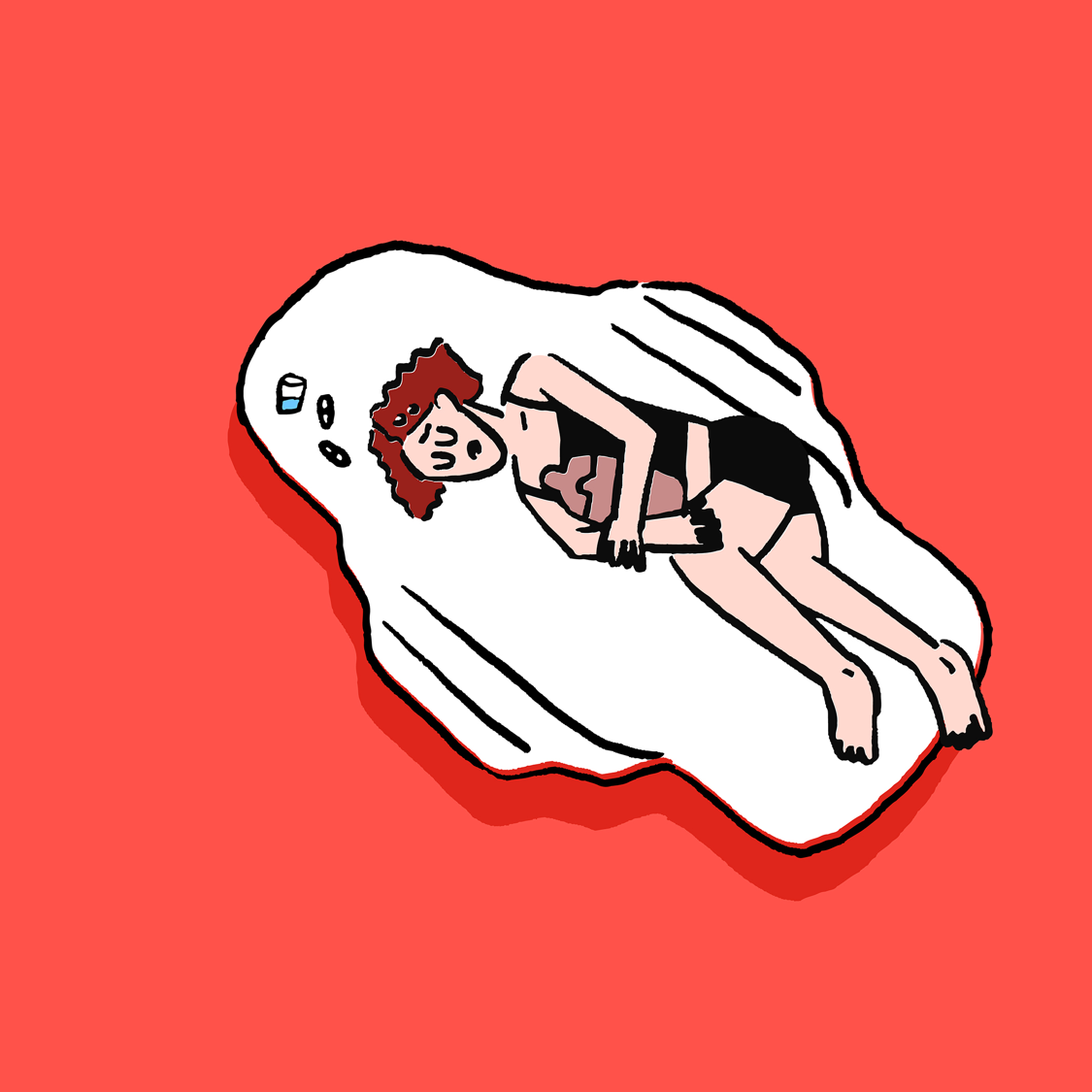Objectives
One of the biggest reasons for women’s suffering during menstruation is pain. There are a considerable number of women who miss school or have to take days off from work due to severe cramps. Take a look at this article if you’re curious about what changes our body goes through every menstrual cycle, how much pain is normal, and when to visit the hospital. It’s possible that the pain could be related to other more serious disorders.
Your Cycle, Your Body
✔️ Menstrual Cramps
(dysmenorrhea)
- Causes
Right before starting menstruation, a woman’s body releases a hormone known as prostaglandin which causes muscle contractions leading to pain and inflammation. However, menstruation is not something that should be considered ‘naturally painful’, and severe menstrual cramps could be caused by the following;
- Endometriosis
- Metrofibroma
- Adenomyosis
- Cervical stenosis
- Pelvic inflammatory disease
The cause of severe menstrual cramps is often unclear but there is a high possibility for the following women to experience symptoms.
- Women younger than 20 years old
- Women whose mother or grandmother had severe menstrual cramps
- Women who smoke
- Women with a heavy menstrual flow
- Women with irregular menstruation
- Women who have never experienced childbirth
- Women who started menstruation before the age of 11
- Symptoms
The type, severity, and duration of pain during menstruation is different for all women. Most have symptoms of abdominal pain which can start one to three days before menstruation, peak 24 hours after starting menstruation, and start subsiding within two to three days.
The common symptoms of menstrual cramps are as follows.
- Throbbing or cramping pain in the lower abdomen
- Dull, continuous torso ache
- Pain that radiates to your back and thighs
- Nausea
- Diarrhea
- Headaches
- Dizziness
✔️ When to See a Doctor
If you experience menstrual cramps that disrupt your life every month, see a doctor to find the cause and a treatment.
If you have the following symptoms or conditions, do not delay making an appointment to see a doctor.
- Continuous ache after inserting an intrauterine contraceptive device (IUD)
- More than three painful menstrual cycles that even painkillers don’t alleviate
- Abdominal cramps with nausea and diarrhea
- Pelvic pain when not menstruating
Dr. Weber’s Four Grades of Menstrual Cramps: Grade 0→ Your period is not painful and requires no medicine. Grade 1→ You have some pain, but you seldom need medicine and it rarely affects your ability to work. Grade 2→ Your period affects your work or school and have to take pain medicine at all times. Grade 3→ Your period affects all activities. The difference from grade 2 is that you have symptoms other than aches and abdominal pain such as headache, fatigue, diarrhea, and dizziness.
The following medical treatment can be suggested for menstrual cramps.
- Prescription of a nonsteroidal anti-inflammatory drug (NSAID)
- Acetaminophen or prescription of a stronger pain medicine
- Antidepressants
- Hormonal contraceptives
- Surgery to remove uterine fibroids or cysts
✔️ How to Control Your Menstrual Cramps
Most menstrual cramps can be easily alleviated by just taking pain medicine. Don’t suffer in pain and actively take steps to care for yourself. There are numerous effective self-treatments for menstrual cramps.
- Take anti-inflammatory drugs such as ibuprofen one or two days before menstruation.
- Take pain medicine that contains both analgesics and antispasmodics (suppresses muscle spasms).
- Hold a warm compress to your pelvis area or back.
- Massage the abdomen area where you feel the cramps.
- Build up strength by regularly exercising and eating light and nutritious meals.
- Meditation and yoga can also help reduce pain.
Summary
- Menstrual cramps are a symptom that causes pain during menstruation.
- If symptoms of menstrual cramps are severe, it could be due to another disorder.
- Actively treat the pain instead of regarding it to be natural.
